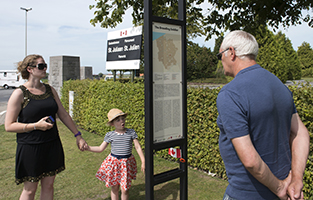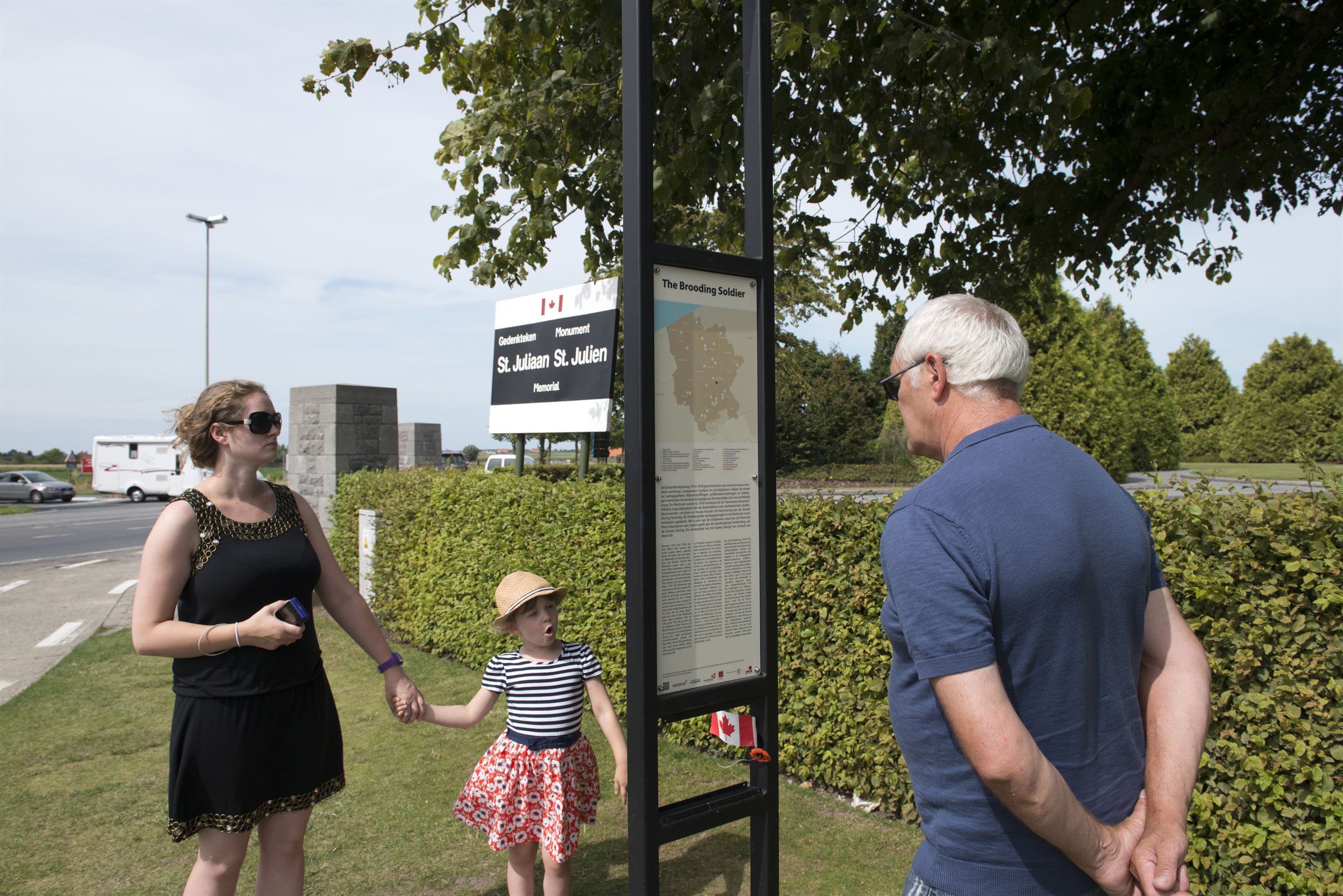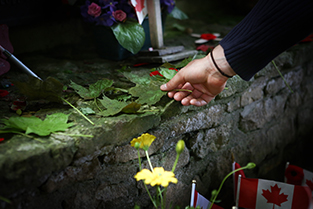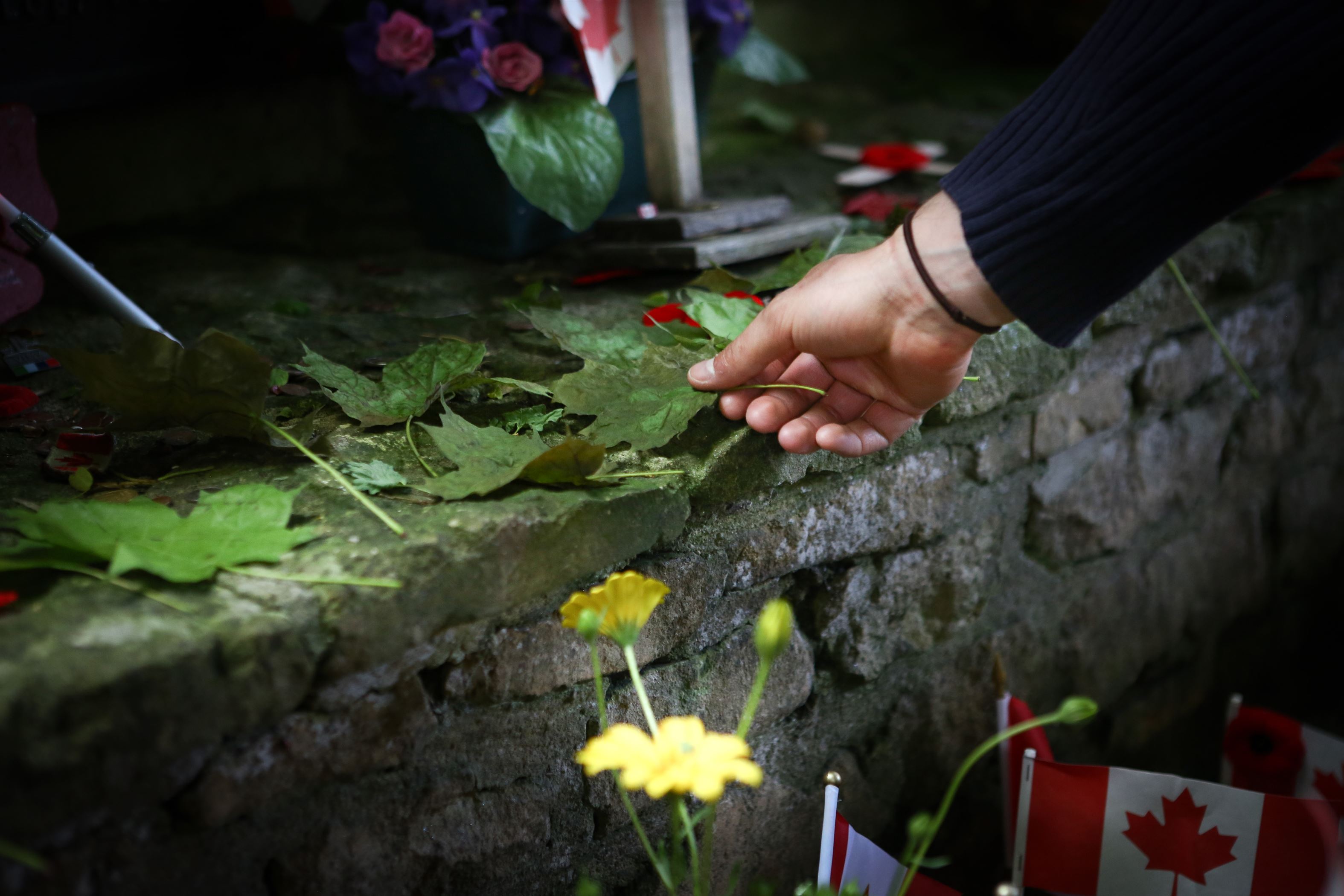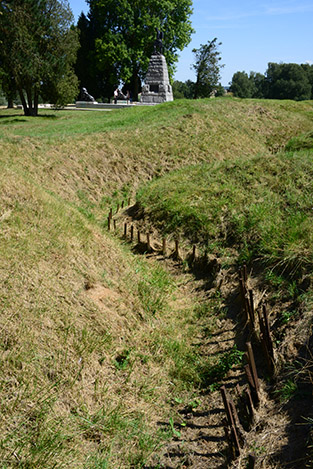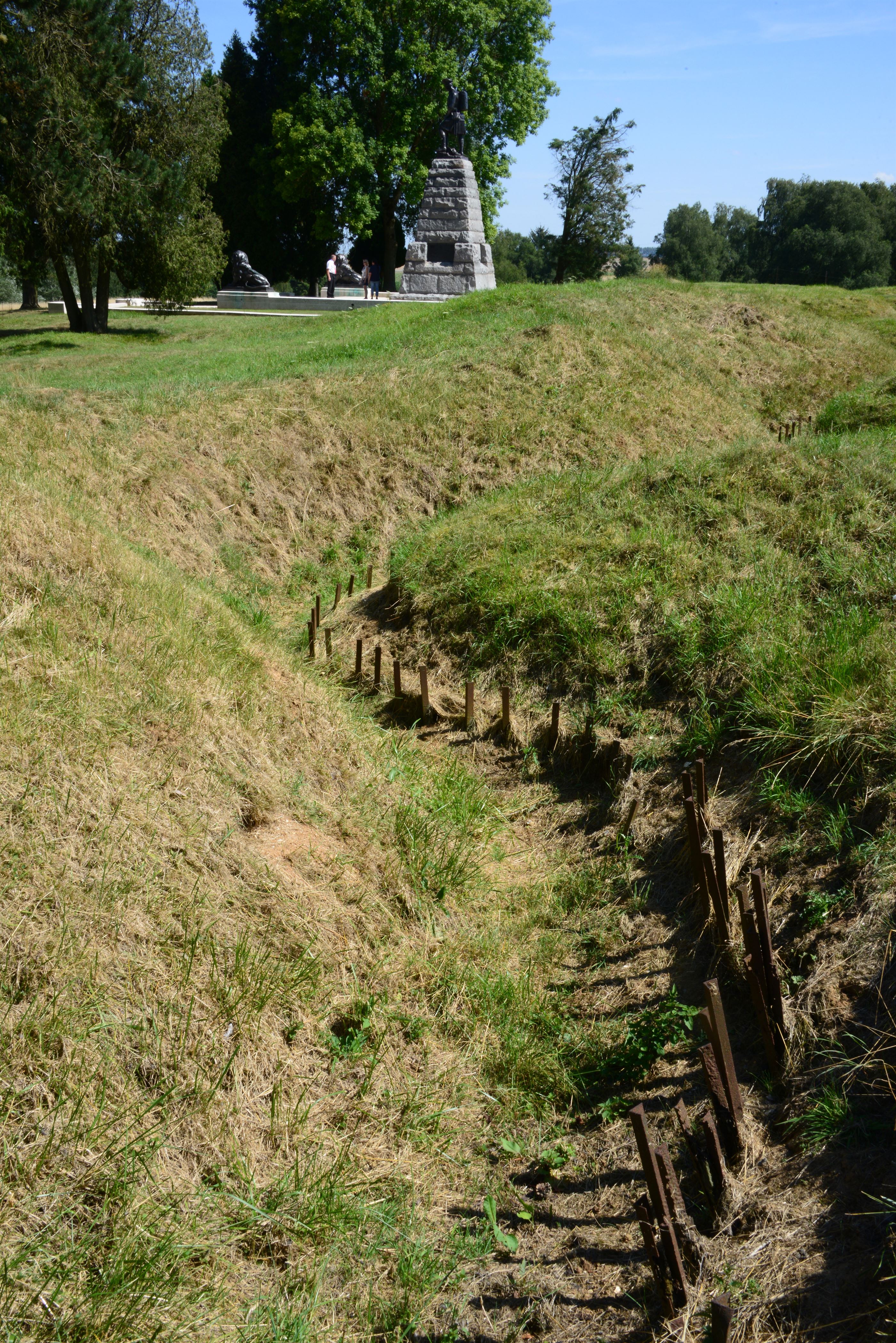Tips for visiting overseas memorials
Visiting commemorative sites outside of Canada can be an emotional, life-changing experience. To help you get the most out of your visit, we have put together some helpful information and advice.
Travelling abroad
It is important to be prepared and to expect the unexpected wherever in the world you may be. Visit Travelling abroad for information on health and safety, travel documents, tips for travelling with children and more. Please note that the Government of Canada strongly recommends that Canadians travelling abroad register their travel plans through the Registration of Canadians Abroad service.
Research before you arrive
- While some sites offer a Visitor Centre and interpretive elements, many do not. Understanding the significance of each location you visit will require research in advance and we encourage you to consult our list of Overseas Memorials to learn more about important Canadian sites.
- If you are visiting the grave or memorial of a family member, consult the Commonwealth War Graves Commission website for information on where he/she is buried or commemorated. Cemeteries do have plans available on site, but we strongly recommend you download a copy of the cemetery plan before leaving and mark the location of the headstone or inscription in advance so it is easy to find when you arrive.
- If you are interested in tracing the path of an individual or regiment, you will need to begin your research well in advance of your trip. Accessing service records, attestation papers and regimental diaries takes time and may require formal requests and wait times. The following sites and resources will be of assistance:
- Library and Archives Canada: Military Heritage (includes databases, research guides and virtual exhibitions)
- How to Obtain Copies of Military Service Files
- Discover Blog (advice and tips for exploring the Library and Archives Canada Collection)
- Newfoundland Regiment and the Great War database (The Rooms provincial archives)
Practice and encourage good cemetery and memorial etiquette
- War memorials and cemeteries exist to honour the men and women who served and died on our behalf. In general, acceptable behavior at these sites is quite broad as long as it doesn't disturb other visitors' experience.
- Touching monuments, plaques and headstones is acceptable and encouraged—they exist to commemorate real men and women and we want you to actively remember them. Climbing on monuments, running, shouting or playing games is discouraged. Under no circumstances should you attempt to affix any item to a monument or headstone in any way (including use of putty or sticky tack, wedging items/poppies into mortar, etc.).
- Flags, wreaths, photos or coins placed on memorials or graves should be left where they are found. Even items that may not appear significant may carry meaning.
- Picnic areas are provided at some of our larger memorial sites; however, eating and drinking outside marked areas is generally discouraged. Please be careful not to leave trash at sites you visit.
- It is permissible to walk between rows at war cemeteries. Gravestones were meant to be viewed so each of the men and women buried there can be remembered and honoured for decades to come. To do that, you need to be able to view the markers, which will require you to walk amongst the rows.
- Yes, you can take photos—in fact, we want you to! One of the best ways to honour Canada's fallen sons and daughters is to share your experience visiting our memorials and cemeteries with your friends and families on social media. Be smart and respectful in choosing appropriate photos and selfies, however. (Note: Commercial photographers and media must receive advanced permission to film or take photographs at Government of Canada memorials.)
- Groups wishing to hold a commemorative event at a Canadian war memorial should consult our Frequently Asked Questions for contact information.
Pack everything you might need
- You will be spending the majority of your time outside, so please dress and plan accordingly. Depending on your location and the time of year, you may want to consider bringing an umbrella, sunscreen, insect repellant, a hat or extra socks/mittens.
- Choose your footwear carefully. Whether you are visiting a cemetery, finding a monument or visiting a large memorial site, you will be walking. Conditions vary, so be prepared for uneven ground and wet or frozen turf.
- Picnic areas are provided at the Canadian National Vimy Memorial and the Beaumont-Hamel Newfoundland Memorial; however, there are no food services available at any Government of Canada or Commonwealth War Graves Commission sites. Pack snacks and water (and be sure to take your trash with you or dispose of it in the receptacles provided).
Be safe
- Some memorial sites, like the Canadian National Vimy Memorial and the Beaumont-Hamel Newfoundland Memorial, were last used as battlefields and the land has been carefully preserved in its original state. As a result, sharp objects and unexploded ordinances may remain buried in undisturbed areas of the site and kilometres of underground tunnels could make the ground unstable. To ensure your safety, always stay on marked pathways.
- During your visit you may come across rusted shells, mortars or grenades. These items are potentially very dangerous and could still cause death or injury. If you come across such an object while visiting a battlefield or cemetery, never touch it or interact with it in any way. This also applies to items left by the roadside or near monuments. These are often items local farmers or residents have found that are awaiting pick-up for appropriate disposal.
- Strict laws (which are being enforced) apply to collection and export of battlefield relics and soil. Please take only wonderful memories and photos with you when you leave.
- Date modified:
